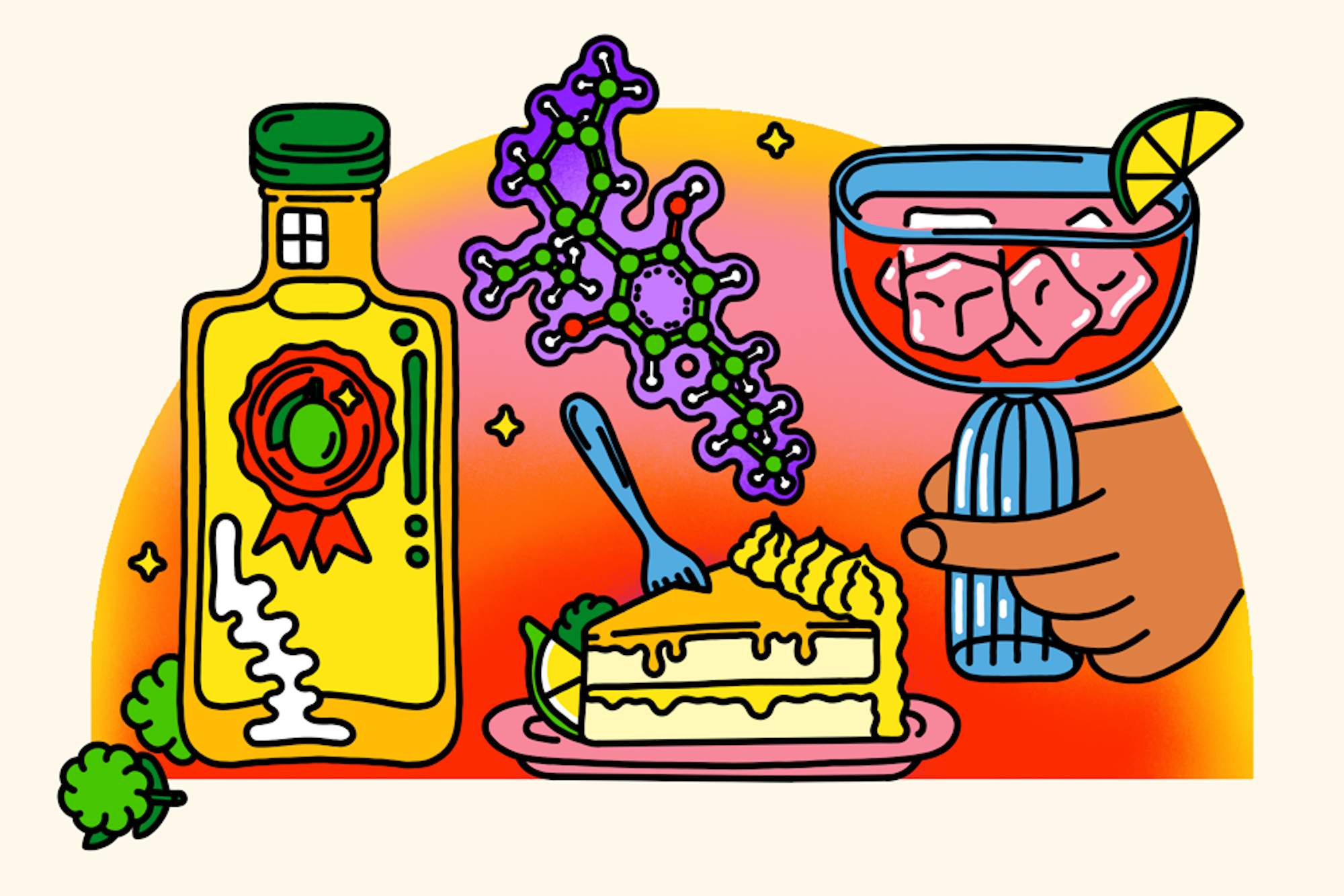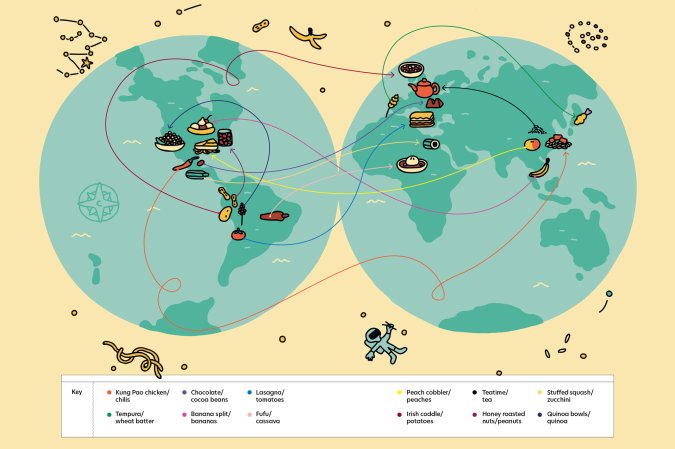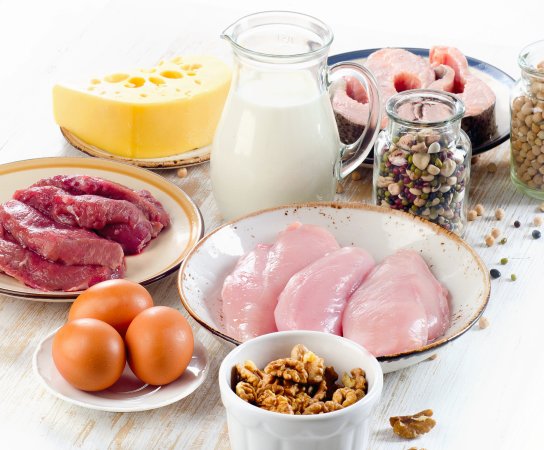MORE AMERICANS ARE TRYING WEED than ever before. A 2021 Gallup poll found that 49 percent of US adults said they had imbibed—a 9-point jump over 2015, and more than double those who’d copped to partaking in the 1970s.
Helping them along is a menu of infused treats expanding in lockstep with legalization: broad-spectrum extra-virgin olive oil, sugar-dusted gumdrops, hand-poured chocolates, sparkling “social tonics,” and so-called adaptogenic teas—stirred with a straw of bud-infused raw honey, of course.
It’s not just the foods that are delicious. Cannabis flowers themselves can boast aromas of lemon icing, pine needles, grape soda, or even, in a favorite of seasoned stoners, gasoline. These widely varying scents largely come courtesy of terpenes. The volatile hydrocarbon chains show up all over the plant kingdom, and experts have identified more than 200 varieties in weed alone. The little molecules may be less famous than cannabinoids (the class of compounds that includes superstar mood shifters like THC and CBD), but they’re every bit as important to consumption. They help determine how a cannabis flower smells and tastes—and, in some cases, the way it makes a person feel.
Terpenes—affectionately known as “terps”— are rising stars in the land of grass. While once upon a time the highest compliment for a pot brownie might have been that it barely tasted like weed, today’s cannabis cultivators, chefs, and connoisseurs are instead embracing the plant’s natural essences to tantalize our noses, tongues, and brains—and make cannabis a multisensory delicacy.
The notion that seemingly minor molecular differences might dramatically impact your weed isn’t new. A plant’s many chemical components can work together to affect the resulting high—a phenomenon known in the weed world as the “entourage effect.” Though mostly discussed in the context of cannabinoids (even casual smokers likely know that tweaking ratios of CBD and THC can vastly affect a user’s experience), that conversation is expanding to include terpenes. Sure, you could feel the effects of THC without them, just as you could take a caffeine pill instead of sipping a pillowy latte, or drink grain alcohol instead of a mezcal margarita. But why would you?
[Related: Can CBD help you chill? Here’s what we know so far.]
“Cannabinoids are the engine of the cannabis experience,” says Emma Chasen, a medicinal plant expert and co-founder of Eminent Consulting, a firm based in Portland, Oregon, that works to educate consumers and advise cannabis companies. “Terpenes are more like a steering wheel. They’re going to move the experience more towards a kind of sedative, relaxing side or a more uplifting side.”
Because federal prohibition has hampered most bud research, data on weed-bound terpenes is still fairly hard to come by. But studies on other plants showcase the potential. Experiments from the early 2000s, for example, found linalool, which is present in lavender, to have sedative and anxiety-relieving benefits. And animal research published over the last few years has shown that pinene can help mitigate memory and learning impairment and protect brain cells during strokes by reducing inflammation.
When it comes to terpene activity in cannabis, information is still largely anecdotal. Limonene, for instance, which is also concentrated in citrus rinds, brings a euphoric feeling Chasen describes as “a little lift.” And a whiff of pinene provides an energizing, lung-opening sensation, like taking a deep breath in an evergreen forest.
Hard data is on the way. Institutions including the University of British Columbia and Western Washington University are investigating how the compounds can interact with other molecules from cannabis plants to produce unique effects. And an ongoing study at Johns Hopkins University aims to evaluate the effects on humans of vaporized pinene with and without THC, to understand how the two interact and affect memory and coordination.
In the meantime, terpenes offer a more nuanced way to talk about weed, and they help cultivators, budtenders (aka dispensary employees), and consumers make reasonable assumptions about what to expect from certain strains of cannabis. The commonly used shorthand terms for strains that are stimulating (sativa) and those that are relaxing (indica) have become gross oversimplifications of today’s extremely hybridized spectrum. Now that the majority of US states offer residents some legal access to cannabis—and growers realize a knockout high is not for everyone—monitoring terpenes is an increasingly important way for producers to differentiate their plants, extracts, edibles, and other offerings, creating a sensory smorgasbord for consumers in the process.

Changing cannabis appetites aren’t limited to increased demand for terpenes—sweet, simple gummies have also cornered the edibles market. Data and forecasting for 2021 is based on US markets and courtesy of Headset. Infographic by Sara Chodosh
“People don’t love terpenes, they love the bouquet of what the flower smells like in full,” says Max Montrose, a self-styled cannabis sommelier and founder of the Trichome Institute, an online school that trains industry insiders and consumers to gauge the quality and effects of cannabis using their senses. “If you imagine a bouquet, it’s with dozens or hundreds of things happening simultaneously.”
The institute has certified roughly 4,500 “interpeners”—that is, interpreters of terpenes—to evaluate whether a cannabis sample is likely to result in an afternoon sunk into the couch or a frenzied cleaning session. With an utter lack of consistency across the industry, which is regulated by a state-by-state legal patchwork and has no oversight when it comes to naming strains, this sort of expertise can be a powerful tool for consumers who don’t want to be surprised when a product takes effect. One grower’s Blue Dream, after all, might be very different from another’s.
[Related: Is growing weed sustainable? The answer is complicated.]
In addition to sommeliers with well-trained senses, industry scientists at terpene manufacturing facilities known as flavor houses use analytical tools to measure, map, and re-create natural scents for products like beer, edibles, vapes, and hash-oil-infused pre-rolled joints—a new consumer favorite. At the Southern California laboratory Abstrax Tech, researchers use a powerful tool called a gas chromatograph and other instruments to tease out the molecular makeup of specialty strains. These readouts help create what organic chemist and Abstrax chief science officer Kevin Koby calls a three-dimensional “metabolite fingerprint” of a flower, mapping out its terpenes and cannabinoids. Then, with the help of flavorists to tweak the recipe, the scientists bottle formulas that can give that same taste to vapes, edibles, and extracts.
As the country’s collective cannabis palate expands, the appetite for quantifiable and reliable flavor profiles is sure to boom. Growers continue to breed more pungent and interesting strains, purveyors develop new products, and cooks conjure tastier and tastier edibles. In fact, US sales increased by 48 percent from 2019 to 2020. All that will keep Koby and his colleagues busy identifying, for example, precisely what makes OG Kush smell like gasoline, Gelato taste like berries, or Tangie taste like…Tangie. “It’s the most potent, Kush-y tangerine note that sticks to you. Literally, you smell it all day,” says Koby. “There’s no other cannabis strain that smells like this.”
Terpenes of note
Peer at the certificate of analysis available for most products sold in dispensaries and check for a strain’s terpenes. The compounds are key to each offering’s aroma and experience. These are some common ones to sniff out.
Limonene

Found in: Citrus fruits
Notes: Zesty, fruity, tangy
Effects: Uplifting, energizing, euphoric
Linalool

Found in: Lavender, mint, laurels, lilies
Notes: Floral, woody
Effects: Relaxing, anxiolytic, sedative
Pinene

Found in: Pine trees, rosemary, cedar, sage
Notes: Christmas tree
Effects: Energizing, airway opening
Myrcene

Found in: Mangoes, hops, lemongrass, cloves
Notes: Musky, earthy, fruity
Effects: Calming, muscle relaxing
Beta-Caryophyllene

Found in: Black pepper, cloves, cinnamon
Notes: Spicy, earthy, peppery
Effects: Anti-inflammatory, pain relieving, antimicrobial
Terpinolene

Found in: Tea tree, apple, pine
Notes: Sharp, piney, woody, citrusy
Effects: Antifungal, antimicrobial
Humulene

Found in: Hops, sage, coriander
Notes: Spicy, earthy, woody
Effects: Appetite suppressing, anti-inflammatory
Eucalyptol

Found in: Eucalyptus, tea tree, salvia, menthol
Notes: Spicy, minty, cooling
Effects: Sinus clearing, pain relieving
This story originally ran in the Winter 2021 Taste issue of PopSci. Read more PopSci+ stories.








